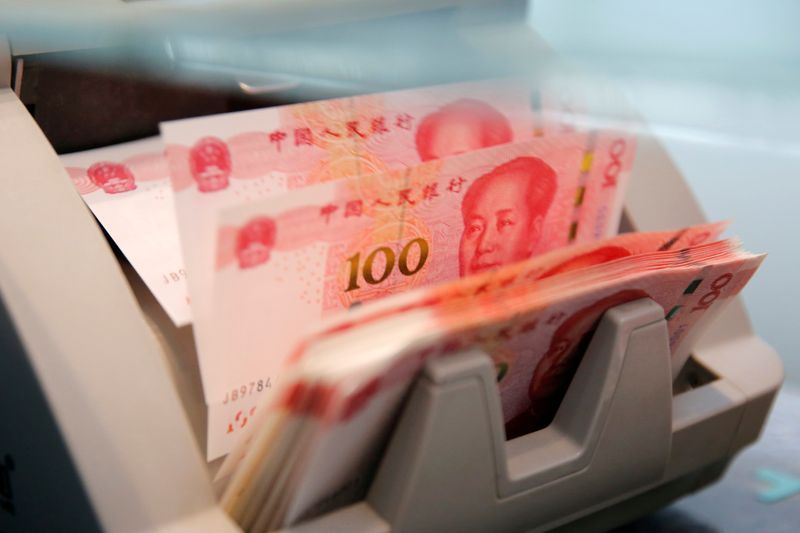Lending in China has reached a record level
2023.01.10 07:58

Lending in China has reached a record level
By Ray Johnson
Budrigannews.com – According to data released on Tuesday by the central bank, new bank lending in China unexpectedly increased in December compared to the previous month. In 2022, the lending rate will reach a record high as the central bank continues to support the COVID-ravaged economy.
According to data released by the People’s Bank of China, Chinese banks extended new yuan loans in December totaling 1.4 trillion yuan ($206.7 billion), up from November and exceeding analysts’ expectations.
Reuters polled analysts and found that new yuan loans would fall from 1.21 trillion yuan in November to 1.1 trillion yuan in December. Additionally, the new loans were greater than the previous year’s 1.13 trillion yuan.
According to Zhou Hao, chief economist at brokerage firm Guotai Junan International, “China’s new loans beat expectations for December while aggregate financing missed.” Since the virus’s resurgence should have slowed credit activity, the market had low expectations.”
He stated that data regarding credit extensions in the first month of the year have caught the attention of investors.
He stated, “There’s a big hope of massive loan extension at the beginning of 2023, further boosting growth prospects” as new loans came in higher than anticipated in December.
According to data from the central bank, household loans, including mortgages, decreased to 175.3 billion yuan in December from 262.7 billion yuan in November. On the other hand, corporate loans increased to 1.26 trillion yuan from 883.7 billion yuan.
In 2022, new bank lending reached a record of 21.31 trillion yuan, up from the previous record of 19.95 trillion yuan set in 2021.
The world’s second-largest economy was severely impacted by COVID-19 lockdowns and slowing global demand last year, and Chinese leaders have pledged to increase support for it. The country is currently battling an increase in infections following the sudden lifting of severe virus controls in December.
This year, the central bank has pledged to make its policy “precise and forceful” to support the economy, maintain reasonable liquidity levels, and reduce business funding costs.
According to central bank data, the broad M2 money supply increased by 11.8% in December, which was lower than the 12.2% forecast in the Reuters poll. M2 increased by 12.4% in November over the previous year.
The number of outstanding yuan loans increased by 11.1% in December compared to 11.0% growth in November. 11.0% growth was predicted by analysts.
Outstanding total social financing (TSF), a broad indicator of the economy’s credit and liquidity, decreased from 10.0% in November to 9.6% in December.
Initial public offerings, loans from trust companies, and bond sales are examples of off-balance sheet forms of financing that exist outside of the conventional banking system and are included in TSF.
More Mood of small businesses in U. S. is falling
TSF decreased from 1.99 trillion yuan in November to 1.31 trillion yuan in December. Reuters polled analysts who anticipated a December TSF of 1.60 trillion yuan.








